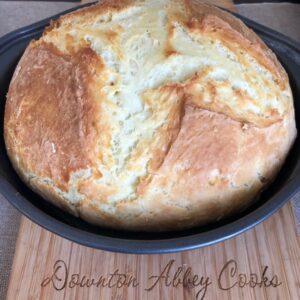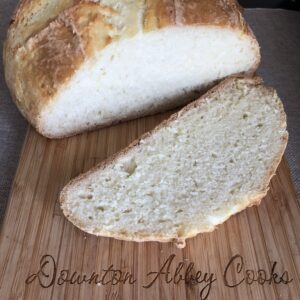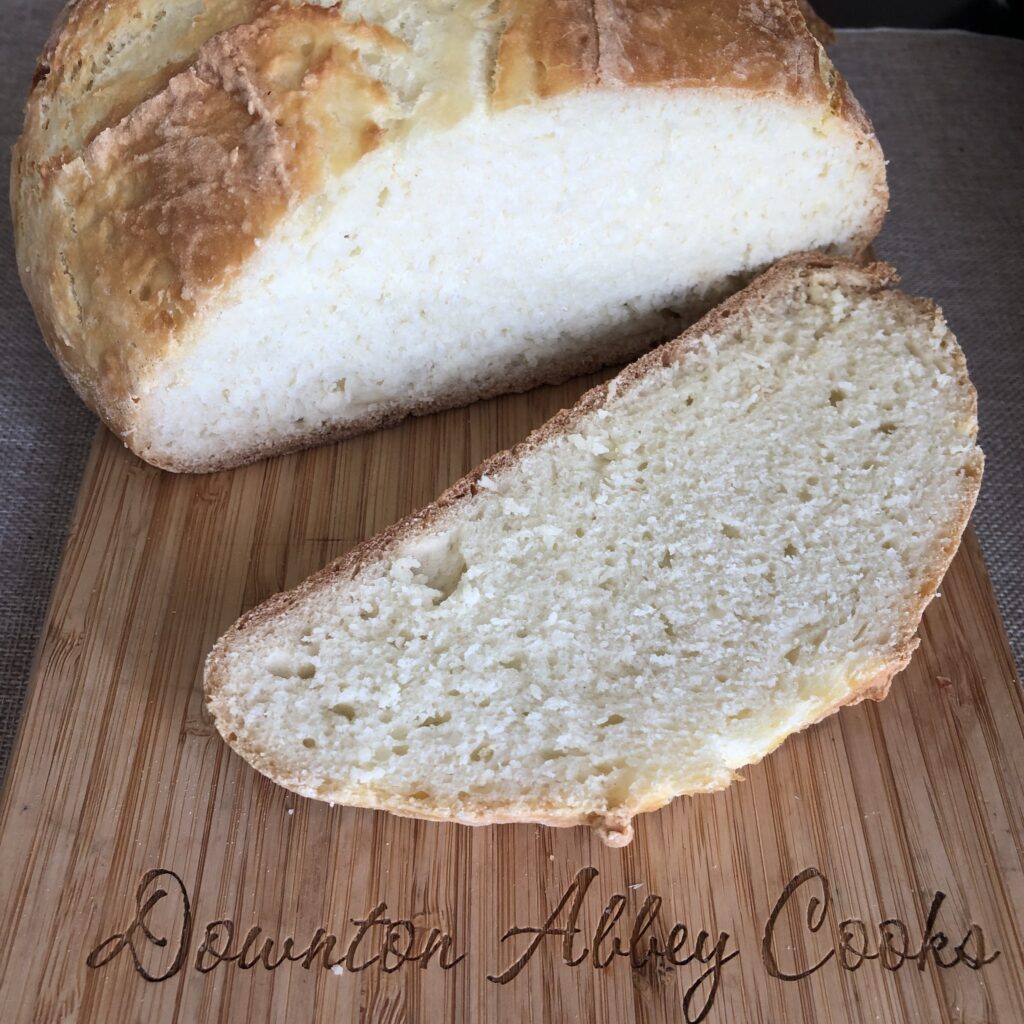 With only four ingredients, this traditional bread is easy to make at any time of the year. The history of Irish soda bread is a story of resilience, ingenuity, and the enduring spirit of a nation that has weathered countless storms. This humble loaf, with its distinctive cross-hatched top and simple ingredients, has become an emblem of Irish culinary traditions. It is a testament to the resourcefulness of people who found sustenance at the most modest fare.
With only four ingredients, this traditional bread is easy to make at any time of the year. The history of Irish soda bread is a story of resilience, ingenuity, and the enduring spirit of a nation that has weathered countless storms. This humble loaf, with its distinctive cross-hatched top and simple ingredients, has become an emblem of Irish culinary traditions. It is a testament to the resourcefulness of people who found sustenance at the most modest fare.
In the mid-19th century, the Great Famine ravaged Ireland, leaving millions destitute and starving as the potato crops, the nation’s primary food source, succumbed to a devastating blight. During this period of desperation, soda bread emerged as a lifeline for the Irish populace, providing a means of sustaining themselves with the most basic of ingredients.
Baking soda, an inexpensive and readily available leavening agent, became crucial in creating this traditional bread. Unlike yeast, which was perishable and harder to come by, baking soda had a longer shelf life and could be easily procured, making it an ideal choice for households struggling to make ends meet.
The traditional Irish soda bread recipe is a study in simplicity, requiring only four humble components: flour, baking soda, salt, and buttermilk. Buttermilk, a byproduct of butter-making, was a resourceful way to utilize what would otherwise have been a waste product, ensuring that nothing went to waste in times of scarcity.
 One of the most distinctive features of Irish soda bread is the cross-hatch pattern etched into the top of the loaf before baking. This practice, rooted in ancient superstition, was believed to ward off evil spirits and ensure a successful bake. However, it also served a practical purpose, allowing the dense dough to cook evenly from the center, preventing an undercooked or overly dense interior.
One of the most distinctive features of Irish soda bread is the cross-hatch pattern etched into the top of the loaf before baking. This practice, rooted in ancient superstition, was believed to ward off evil spirits and ensure a successful bake. However, it also served a practical purpose, allowing the dense dough to cook evenly from the center, preventing an undercooked or overly dense interior.
Over the centuries, Irish soda bread has evolved from a necessity born of hardship to a beloved culinary tradition celebrated in Ireland and Irish communities worldwide. Its enduring popularity is a testament to the Irish people’s resilience and ability to find nourishment and comfort in the simplest of fare.
Today, Irish soda bread remains a staple in households across the Emerald Isle, served alongside hearty stews, soups, and other traditional dishes. Its rustic charm and comforting flavours evoke a sense of nostalgia and connection to a rich cultural heritage that has withstood the test of time.
Easy Peasy Irish Soda Bread
Ingredients
- 4 cups unbleached white flour
- 1 3/4 cups buttermilk Make your own*
- 1 1/2 tsp. baking soda
- 1 1/2 tsp. salt
Instructions
- Preheat your oven to 425F. Traditionally the bread was baked in a well-greased 8" cast iron pot with a lid. But you can use a skillet or two 8" cake tins. Grease one, the other will serve as a lid.
- Mix the flour, salt and baking soda in a large bowl.
- Add the buttermilk and mix into a loose dough, adding more flour if the dough is too sticky.
- Turn out on to a floured board and knead lightly. Tuck the sides in to make a smooth top or make the bottom smooth and then turn the smooth side up.
- Place the bread into your prepared pan. Make a cross on top with a knife. Cover with lid.
- Bake for about 40 minutes. If you like a browned top, remove the lid after 25 minutes. It will be done when the X looks baked and the bread sounds hollow when lightly tapped.
- Let sit for 10 or 15 minutes and then pop out of the pan. Use a serrated knife to slice and enjoy!

- It will keep fresh 2 or 3 days if you keep wrapped in a plastic bread bag. Beyond that, you should wrap and freeze for up to 3 months.
Notes
- For brown soda bread, use a mix of 3 cups of white with 1 cup whole wheat flour.
- Add 1 1/2 cups of raisins, currants, chocolate chips or chopped nuts.
- For cheese and herb bread, add 1 cup of grated cheese and 2 tbsp. of chopped fresh herbs
- You can make a sweet version by adding 1/4 cup of sugar and 1 cup of dried canberries.
